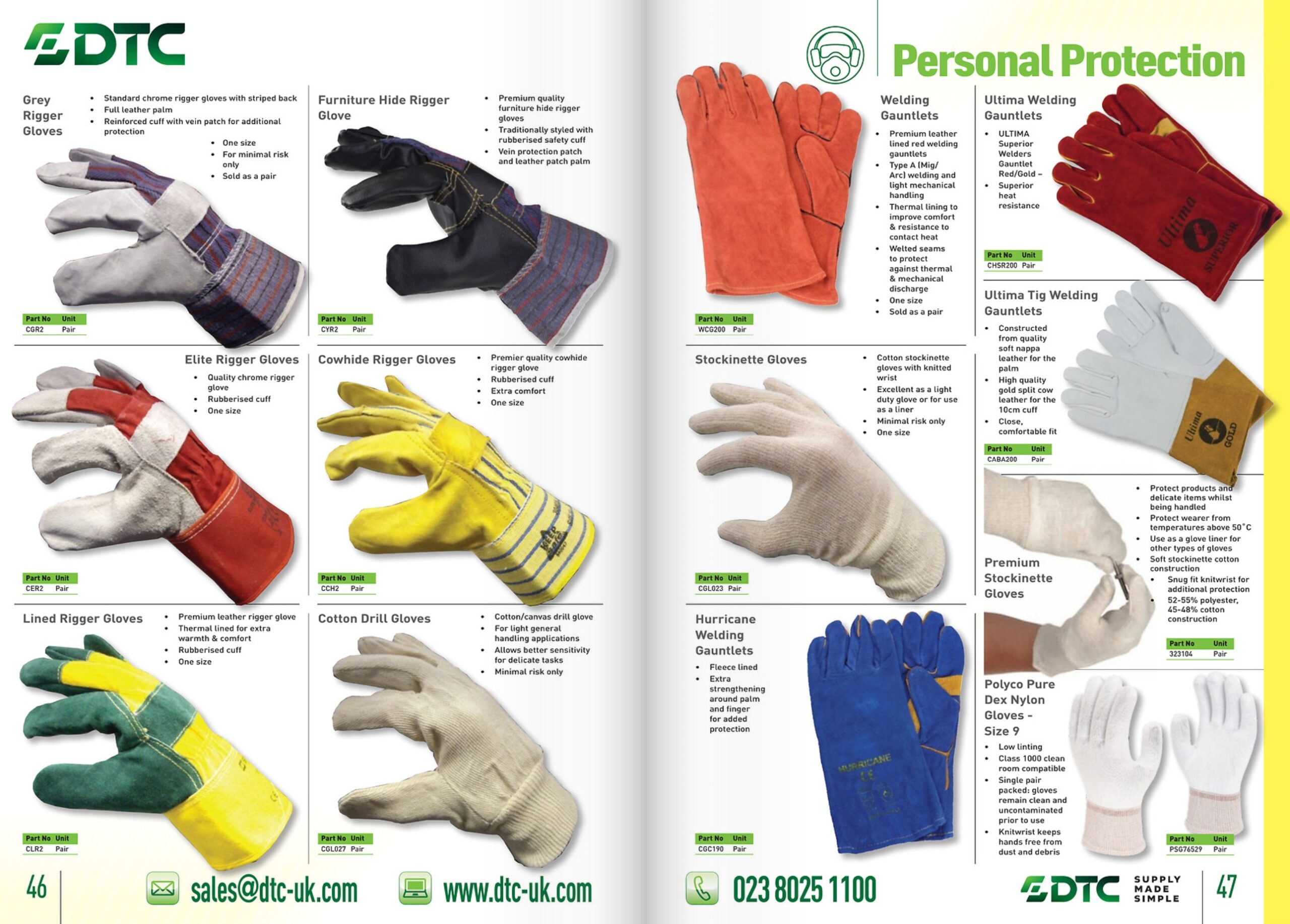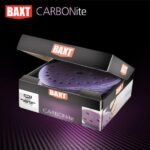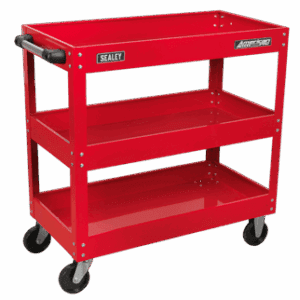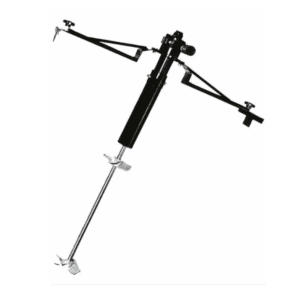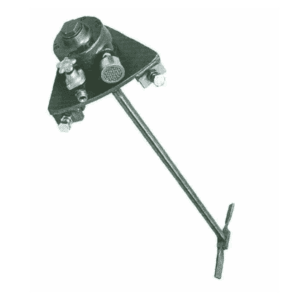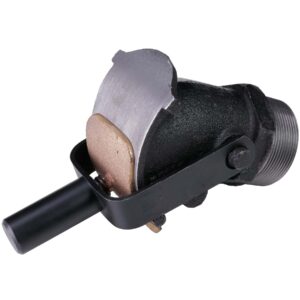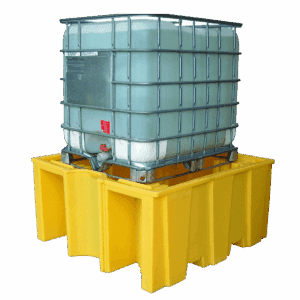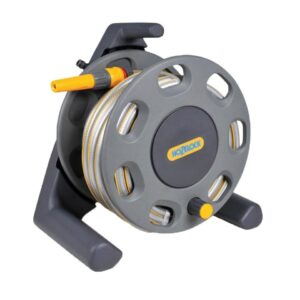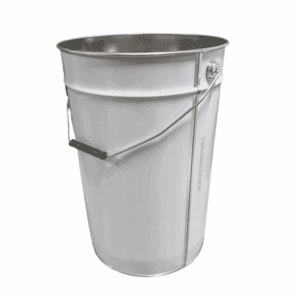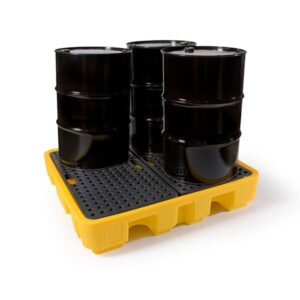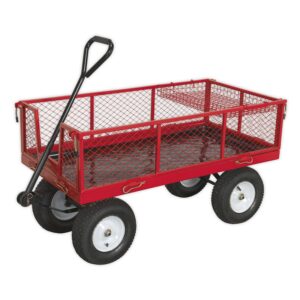-
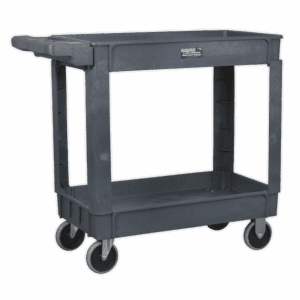
Manual Handling
Composite Work Trolley
-

Manual Handling
3-Level Workshop Trolley Heavy Duty
-

Fluid Handling
Air Powered Tank Mixer
-

Fluid Handling
Air Powered Drum Mixer
-

Fluid Handling
Heavy Duty Metal Plugless Drum Tap
-

Fluid Handling
Single IBC Bunded Spill Pallet
-

Fluid Handling
Water Hose Reel c/w 25m Hose
-

Fluid Handling
Measuring Jug – 2L
-

Fluid Handling
25L Metal Paint Pail & Lid
-

Fluid Handling
Barrel Bund
-

Manual Handling
Heavy Duty Platform Trolley
-

Fluid Handling
Drum Wrench
